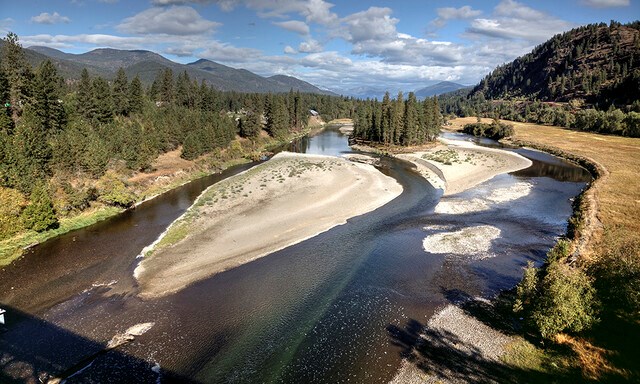New research from the University of British Columbia Okanagan indicates plants play a big role in the way our rivers are shaped.
An assistant professor of Geomorphology in the Irving K. Barber Faculty of Science at UBC Okanagan, Dr. Alessandro Ielpi, has found evidence that shows vegetation influences whether rivers flow in graceful curves or straighter lines.
“That plant life aids in shaping river landscapes is a notion that has been entertained for many years in the scientific community,” Dr. Ielpi says. “This kind of research helps pinpoint with a higher degree of confidence just how vegetation does that.”
The research, recently published in the journal Nature Communications, shows that rivers with healthy vegetation tend to meander more easily than those flowing through landscapes barren of plant life.
Dr. Ielpi says this discovery could help manage erosion.
“This difference in shape a river channel can attain has cascading effects,” Dr. Ielpi says. “Disturbances like wildfires in floodplains can disrupt vegetation patterns, leading to channels adapting their shape and potentially altering flooding patterns and ecosystem health.
The research was based on a compilation of more than 50 rivers from around the world. It used high-resolution satellite imagery of river landscapes analyzed sequentially over years.
"In a similar fashion, climate-driven changes like the greening of northern regions may alter river channels, impacting regional ecosystems and water flow.”
According to Dr. Ielpi, the benefits of healthy river vegetation extend beyond shaping riverbeds. Healthy plant life along rivers can act as a natural defence against floods, mitigating the impacts of extreme weather events. This knowledge can be used to build climate-resilient communities.
“The research serves as a reminder of the importance of interdisciplinary science. By combining expertise in spatial analysis and remote sensing, ecology and environmental science, researchers gain a deeper understanding of our planet's complex systems,” says Dr. Ielpi.



